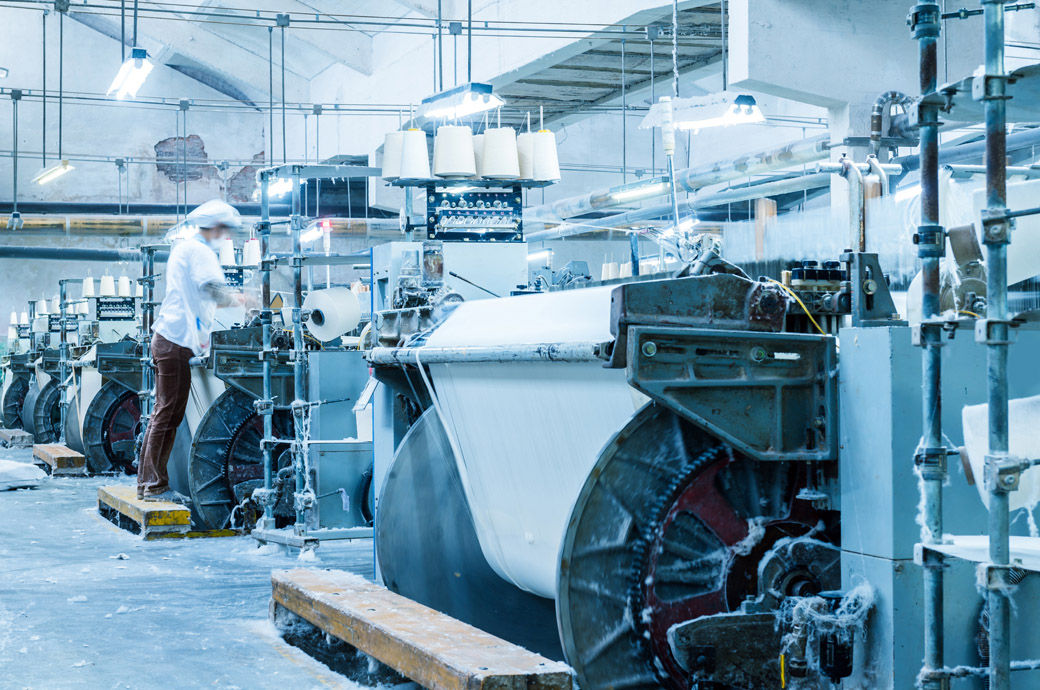
At 4 per cent in October, up from minus 2 per cent in June, sentiment around future profitability turned optimistic again. The level of optimism remained historically weak, however, and was among the lowest in the past four years. This was despite the uptick in expectations of higher selling prices in October.
In turn, firms plan to raise staffing levels fractionally in the year ahead and ramp up research and development spending.
Meanwhile, wage and non-staff costs are set to rise further.
At 15 per cent in October, the net balance of Chinese companies that expect business activity to rise over the year ahead was up from the June low of 11 per cent. Despite being the second-lowest since October 2022, the latest data signalled that overall confidence strengthened for the first time since February 2023.
The figure for China was higher than those in Germany and France even as it fell below the global (24 per cent) and the BRIC nations (20 per cent) averages.
Sentiment levels rose across both the manufacturing and service sectors. Optimism among goods producers rose by a smaller extent to 13 per cent, up from 10 per cent in June.
Companies upbeat regarding the rise in business activity over the next year often attributed it to forecasts of better domestic conditions, spurred by government policy support and improvements in the external climate, S&P Global said in a release.
Firms also mentioned business development plans and technological advancements as factors helping to drive business activity growth in the year ahead.
Concerns focused on rising competition and geopolitical uncertainties. Some also highlighted rising material, transport and labour costs threatening the outlook for growth in the next 12 months.
Companies operating in China foresee an increase in input costs over the next year. A net balance of 11 per cent in October, down from 12 per cent in June, outlined a slightly lower projection for non-staff costs, however.
Fibre2Fashion News Desk (DS)